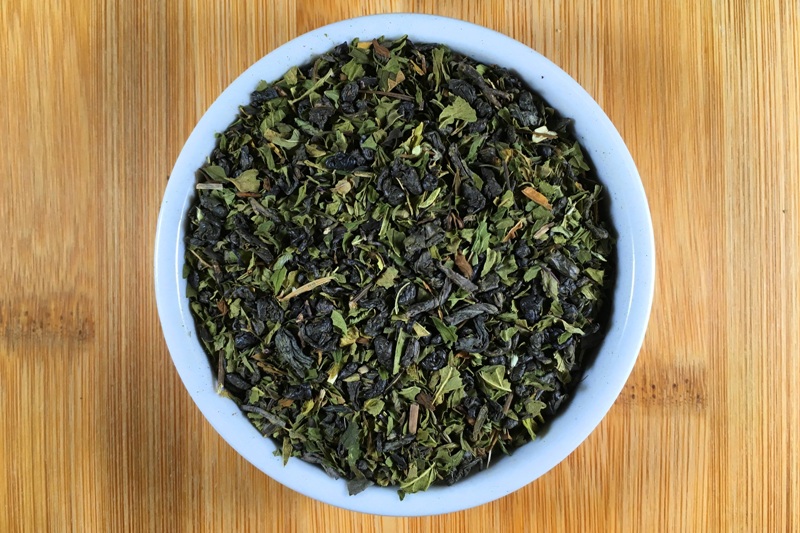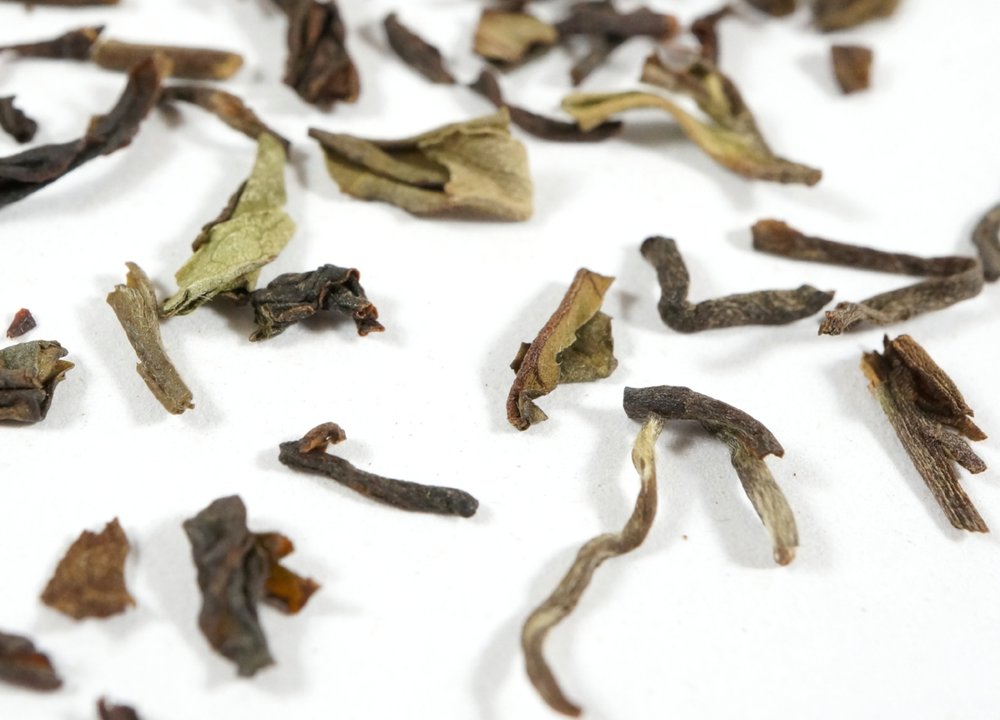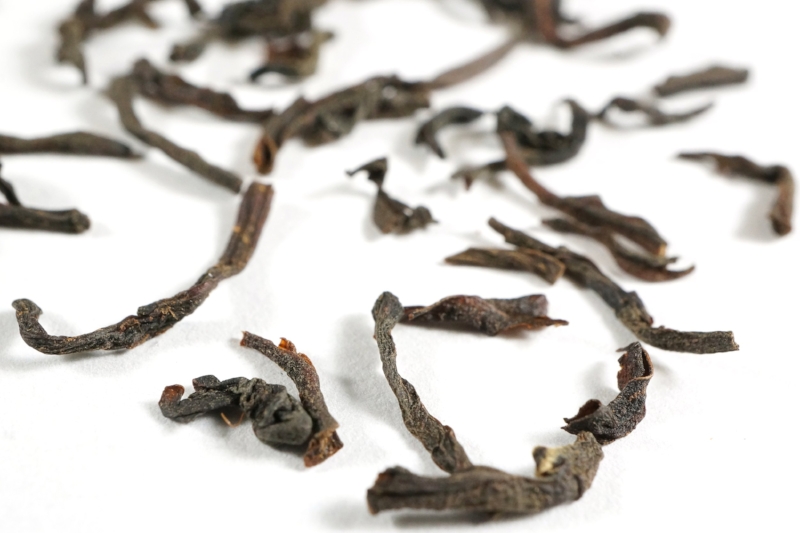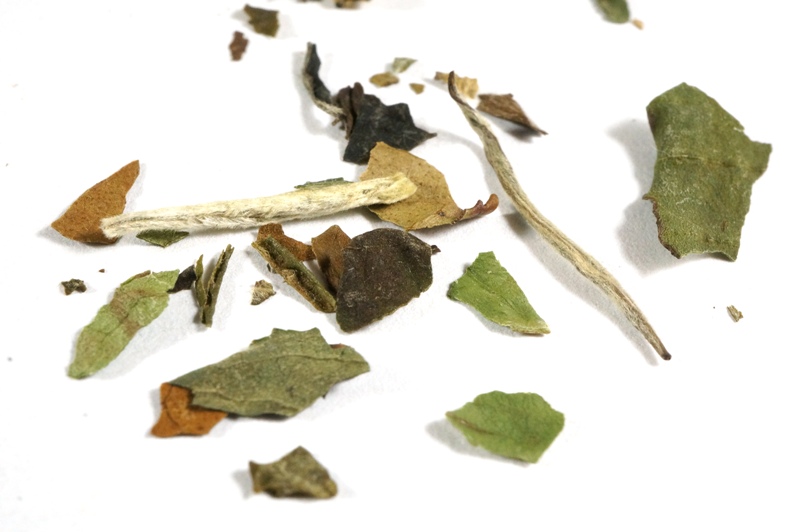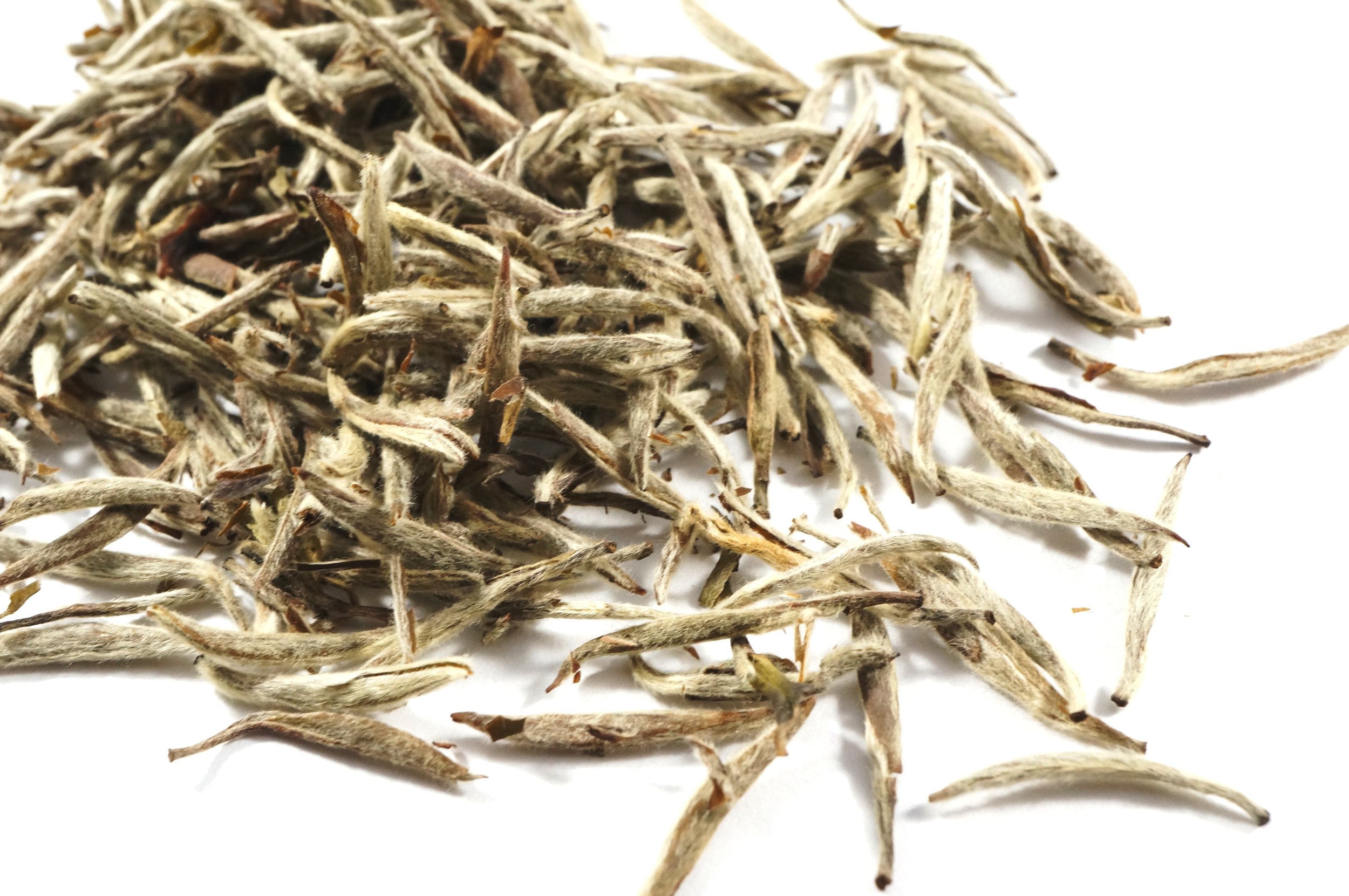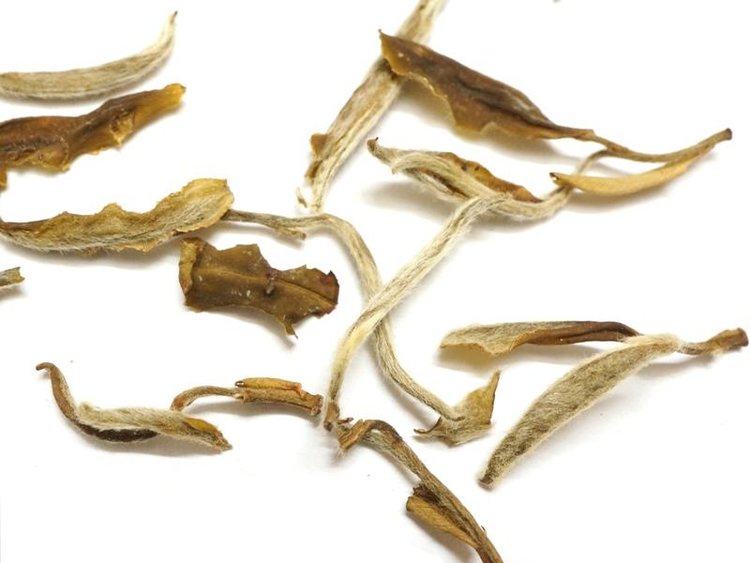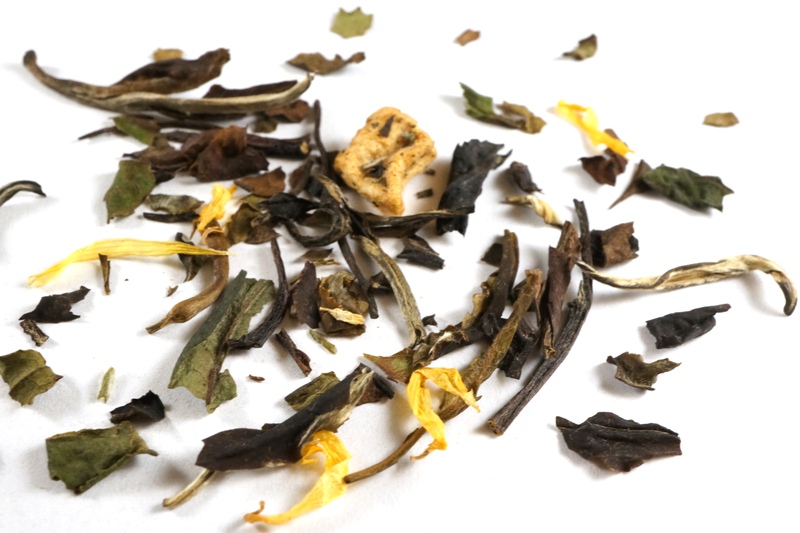Want a delicious and healthy breakfast to start your day? This nutrient packed Matcha green tea and oatmeal breakfast should get you charged up for the day.
Pictured above is a freshly made Matcha Oatmeal with almond milk, pine nuts, almond pieces and sweet red beans. It is delicious, packed full of nutrients and energizing.
It is very easy to prepare. First, make an oatmeal like you normally would. We put in almond milk just because we like how it tastes. Alternatively, you can use regular milk, coconut milk or rice milk.
Second, whisk 1 teaspoon of Matcha with 1-2 ounces of water to make a thick/dense matcha green tea and add it to the oatmeal.
Finally, put some nuts, and/or fruits according to your preference. We like to use pine nuts , cut up almonds and sweet red beans.
Enjoy!





















